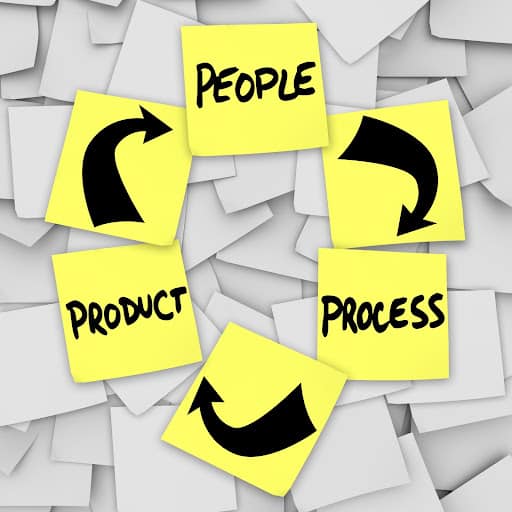Have you ever wondered why some products are so easy to use for everyone? Suppose you are in the metro and see an older person trying to get a ticket from the ticket vending machine but unable to get one. After all the efforts, he seeks help from someone. Here, a product manager needs to focus on the scenario where the elderly couldn’t get help from someone. Product teams need to focus on this situation and iterate carefully on making a product universal. That is a product design that everyone and anyone can use.
Product manager interview questions are now drifting towards a more comprehensive approach to product design- universality. Let’s have a closer look at what universal design means.
What Does Universal Design Mean?
Product development is an extensive process. It includes going back and forth like a pendulum from iteration to wireframing until desired product goals are achieved. Today, with changing market trends, universality concerns more product companies.
Here you can question the reason behind this.
Like in the above example, numerous products need updates so that everyone who wants to use the product can easily use it. So, by definition, universal design is that product design that makes the product easily accessible to all people regardless of condition, age, gender, disability, and other factors. The beat here is to create a universal product without any modifications. Look at these examples to better understand the versatile design of products.
Spotify: Spotify is an online music streaming platform that allows users to enjoy different genres of music at a very affordable price. Their design is universal because you can listen to the same music on your pc or laptop that you were listening to on mobile with just a click.
Automatic doors: When you go to a shopping mall, you must have encountered automatic doors. It is always a fun sight to enter without pulling or pushing anything. Did you know that its design was made to suffice universality? Maybe not, then try to think now. Suppose there’s a person in a wheelchair or a mother with bags and her baby. Can they open the door with a doorknob? Maybe yes, with a slight push or pull here and there. But, their experience would have been different and more comfortable if they could quickly enter the mall without requiring any help or pulling some strings. That is where universal product design comes in.
Why Do We Need Universal Product Designs?
Agree or disagree, there’s one point in life where we can not function as per our ability. In those instances, products based on universality principles can help us use a product or service without feeling isolated. Universality forms its basis on two principles-
- Understanding and respecting the diversity in people
- Informed responses to a variety of people
What Are The Key Principles Of Universal Design?
Universal design primarily promotes an inclusive approach to include every group or section of society as its users. In simple words, it will help maximize the number of users benefiting from the product or service under development. Universal design has seven fundamental principles that guide product teams to make a universal design. These were designed to make communications, products, and environments more inclusive and universal. Here’s the list of seven principles:
Practice Equity
Equity as a value means to be fair and impartial. No one likes to be treated differently because of their ability. Therefore, products should focus on fair use and provide a similar experience, if not identical.
Flexible use
Products and services shall be able to accommodate different abilities and preferences. The designs shall allow users to control and use the product as they wish.
Intuitive and simple design
The products should be simple to comprehend and use for every user irrespective of their age, qualification, knowledge, or skill. In simple terms, users must know which steps to take after carrying out the first step.
Perceptible information
Every product design must be simple enough to communicate all the necessary information to the user effectively by using multiple verbal and non-verbal cues.
The low magnitude of physical effort
Product teams must know user satisfaction is their priority. So, every product they develop must aim to make users’ lives easier.
Error tolerance
Remember the undo button on pc, and it works the same way. Here, product teams must know that their users may commit some accidental error, and there shall be some mechanism.
Size and space
Teams need to enhance the user experience by providing a proper approach for use, i.e., irrespective of the user’s shape, size, posture, or mobility, and he must be able to access the product.
Takeaway!
This is why a product manager recruiting agency like Palarino Partners works to bring consensus among the candidates’ expectations and the product companies so that a potential candidate can work at the desired place without compromising values and vice versa.










